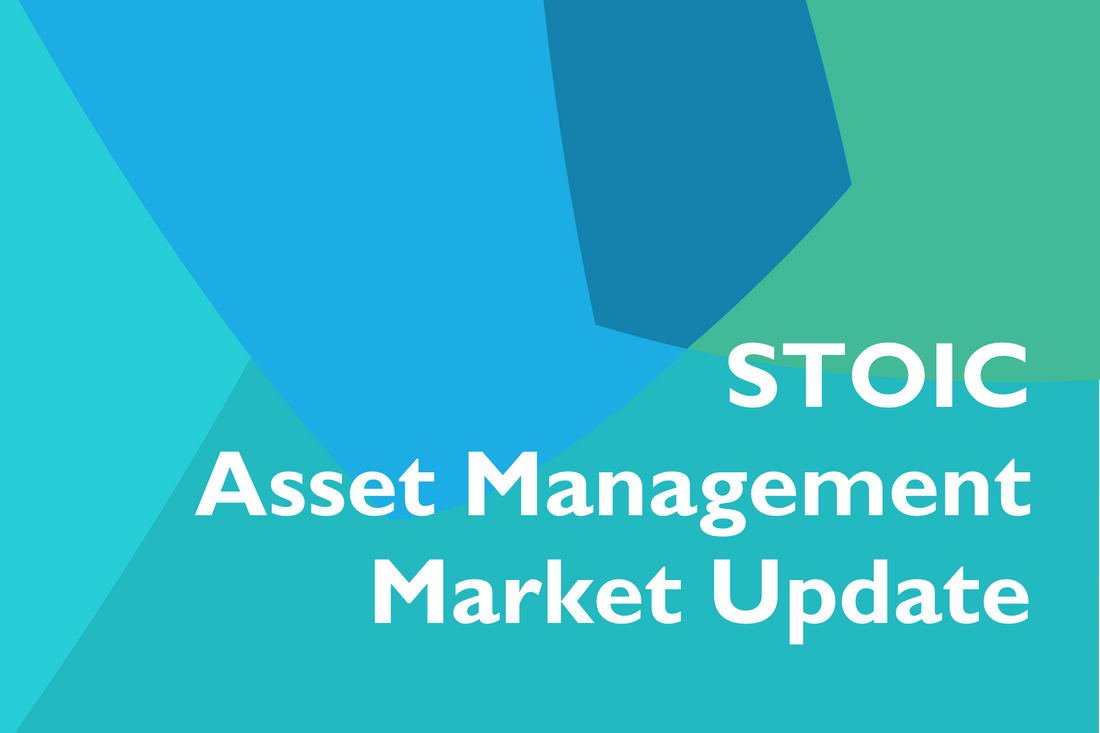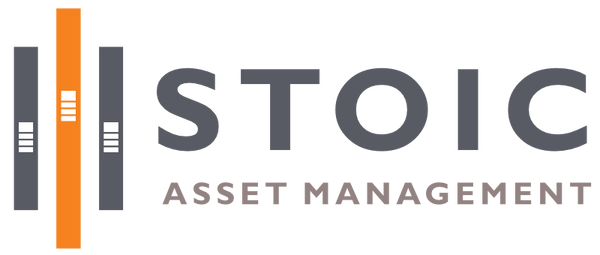
MARKET UPDATE-3rd AUG 2022
Share
AUSTRALIAN MARKET WRAP
The Reserve Bank of Australia increased the official interest rate by 50 basis points at its August meeting, as expected. It cited the ‘high priority’ it places on returning inflation to the 2–3 per cent target range over time as the key reason for the decision. It highlighted the importance of doing this ‘while keeping the economy on an even keel’ and noted the ‘path to achieve this balance is a narrow one and clouded in uncertainty’. The Reserve Bank’s latest forecasts for inflation and growth will be published on Friday, but the Governor’s statement after the policy meeting indicated that inflation is expected to peak later this year and then decline back towards the target range as global supply-side problems resolve, commodity prices stabilise, and rising interest rates start to have an impact on demand.
The Bank's central forecast is for CPI inflation to be around 7¾ per cent over 2022, a little above 4 per cent over 2023 and around 3 per cent over 2024. The Bank's central forecast is for GDP growth of 3¼ per cent over 2022 and 1¾ per cent in each of the following two years.
Ahead of the August monetary policy decision, the latest Australian inflation figures showed that headline inflation rose 6.1 per cent last financial year. This was the highest level since June 2001, and was driven by record high petrol prices and home building costs. The result came in slightly below market expectations of 6.3 per cent, while growth in underlying inflation of 4.9 per cent was in line with forecasts.
Households were said to have felt price rises the most, with non-discretionary inflation, which includes expenses such as food, petrol, housing and health costs, growing 7.8 per cent over the year to end-June. The war in the Ukraine, COVID-related supply disruptions, and the impact of the floods in eastern Australia were all highlighted as key contributors to the outturn.
There was some discussion about the medium term trajectory of inflation, with suggestions it will soften quickly in early 2023, but that forces such as the clean energy transition will mean it could return. It was said that these factors are not priced in by the markets. Markets were also said to have wound back pricing of the peak in interest rates, from 4.5 per cent to 3 per cent, in the wake of house price falls and softening retail spending data.
The inflation data was published ahead of the new Australian Government’s economic update to parliament on Thursday. The Federal Treasurer warned that both unemployment and inflation would get worse from here; alongside which he warned of the perils of unchecked inflation. However, he then set out a picture of an economy that is well placed to weather the challenges ahead.

Higher commodities prices are expected to deliver ‘a dramatically better-than-expected outcome’ for the financial year 21/22. But the Treasurer was quoted warning about structural challenges in the nation’s finances, which are expected to add $30 billion in costs over the next four years.
The International Monetary Fund significantly downgraded its global growth forecast for the second time in three months as inflation and rapidly rising interest rates weighed on economic activity.
The IMF now forecasts global growth of just 3.2 per cent this year and 2.9 per cent next year, 0.4 and 0.7 percentage points lower than its expectations in April. This largely reflected slowdowns in the United States, China and the Eurozone.
New data show that the US economy contracted for the second straight quarter. However, the Federal Reserve boss was reported as suggesting that, while the economy is slowing, it is not observably experiencing a recession (although it meet the informal technical definition).
Australian indices
ASX 200: Rose again this week, 2.80%, to 6,998.1 points at the close on Tuesday.
All Ordinaries: Rose 2.72% in the past week to 7216.4 points at the close on Tuesday.
Currencies
As at the close on 2 August, the AUD/USD was almost unchanged (down 0.07%) on last week, at 0.6956. The AUD/RMB was also little changed, rising by 0.17% in the week to 4.7105.
Commodities
In the context of the current energy price crisis, the Australian Government was ‘urged to’, and was said to be, putting the gas industry on notice that it will seek to enact the so called ‘gas trigger’ that enables it to require producers to reserve non-contracted gas for the domestic market, to head off a forecast shortfall in gas supplies next year.
Government Bonds
Reserve Bank of Australia Rates (Source: RBA)
|
RBA CASH RATE TARGET (RBATCTR:IND) CURRENT (per cent) |
MOST RECENT DECISION (percentage points) |
MOST RECENT CHANGE (percentage points) |
1 YEAR PRIOR (per cent) |
|
1.85 |
+0.50 (2 August 22) |
+0.50 (2 August 22) |
0.10 |
Government Bond Yields (Source: Bloomberg)
|
NAME |
COUPON |
PRICE |
YIELD |
1 DAY |
1 MONTH |
1 YEAR |
|
GTAUD2Y:GOV Australia Bond 2 Year Yield |
2.75 |
100.47 |
2.43% |
+4 |
-2 |
+244 |
|
GTAUD5Y:GOV Australia Bond 5 Year Yield |
4.75 |
108.84 |
2.73% |
-4 |
-47 |
+215 |
|
GTAUD10Y:GOV Australia Bond 10 Year Yield |
1.25 |
85.42 |
2.97% |
-8 |
-62 |
+180 |
|
GTAUD15Y:GOV Australia Bond 15 Year Yield |
3.75 |
106.32 |
3.19% |
-7 |
-54 |
+164 |
Property
It was reported that a new $200mn tower will be constructed on the Gold Coast, despite surging construction costs. This is contrary to recent decisions by other developers to put projects on hold, but could bring hope that the market will not seize completely, though rising costs will reduce profitability.
The flip side of inflation in housing costs, as demand outstrips supply of units, was revealed in new figures which show record returns for investment properties thanks to rising rents.
Venture capital
Stoic Venture Capital discussed the role that governments can play in the venture capital markets, particularly as conditions become difficult for startups.
In ongoing signs of the ‘winter’ for small caps, marketing tech business Metigy was reported on Monday as having appointed administrators, only months after planning a capital raising that was seeking a $1 billion-plus valuation.
Likewise, the ‘fallout’ from the significant drop in the value of Canva was said to be spreading across the local tech industry, as more superannuation-backed and listed venture capital funds re-evaluate their startup portfolios and set more realistic valuations.
Meanwhile, Bloomberg reported that Asia’s most well know startup ‘unicorns’, across a broad range of sectors, are trading at a value 40 per cent lower than they were six months ago, amid Chinese regulatory ‘headwinds’ and the global slowdown.
Company Updates
Ferronova
Stoic investee Ferronova shared an update on its clinical trials related to prostate cancer.
